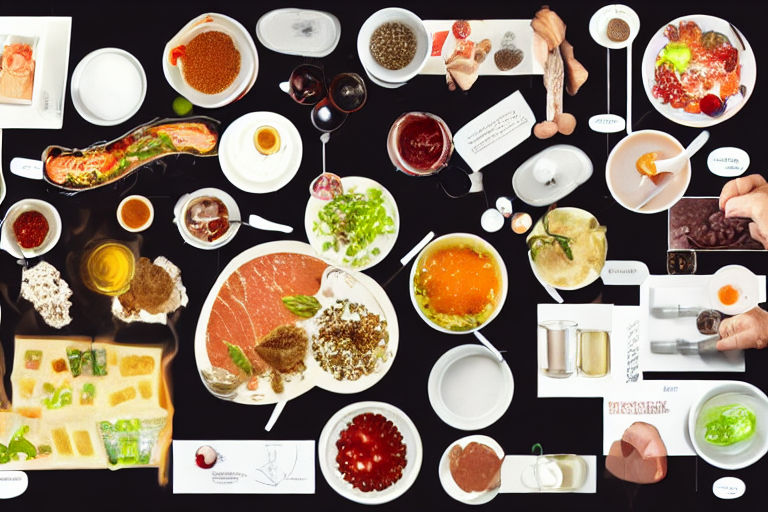A Guide to Sensory Analysis: Understanding the Science behind Tasting Notes
Sensory analysis is the scientific discipline that uses human senses to evaluate and understand different products' properties. One of the key applications of sensory analysis is in the evaluation of food and beverages, where sensory professionals use a precise methodology for tasting and evaluating products.
In this guide, we will take a closer look at the science behind sensory analysis, the important role it plays in the food and beverage industry, and how to understand tasting notes.
The Science Behind Sensory Analysis
Sensory analysis involves the use of human senses to identify, quantify, and interpret the characteristics of a product. These characteristics may include taste, smell, texture, appearance, and even sound.
For food and beverages, sensory analysis can help determine a product’s quality, flavor, aroma, and overall acceptance by consumers. Sensory professionals use specific methodologies to evaluate and measure these attributes, providing valuable data for manufacturers to make informed decisions about their products.
Importance in the Food and Beverage Industry
Sensory analysis plays a critical role in the food and beverage industry. By understanding the sensory properties of their products, manufacturers can better control their production processes, maintain consistent quality, and create new products that meet consumer preferences.
Sensory analysis is also essential for product development, helping manufacturers create products that appeal to specific target markets. For example, if a manufacturer is developing a new product aimed at health-conscious consumers, sensory evaluation can help ensure that the product meets the desired taste and texture profiles.
Understanding Tasting Notes
Tasting notes are the descriptive terms used to communicate the sensory characteristics of a food or beverage. These terms can include flavor, aroma, texture, and appearance.
Tasting notes can be subjective, as they are influenced by an individual’s personal experiences and preferences. However, in sensory analysis, tasting notes are used to provide a common language for describing the sensory attributes of a product.
When evaluating tasting notes, it’s important to consider the context in which they are presented. Tasting notes may include terms like “fruity” or “earthy,” which can be interpreted differently depending on the product being evaluated. Therefore, it’s essential to understand the product category and what specific sensory attributes are desirable within that category.
In conclusion, sensory analysis is a critical aspect of the food and beverage industry. By understanding the science behind it and how to interpret tasting notes, manufacturers can create products that meet consumer needs and preferences.



